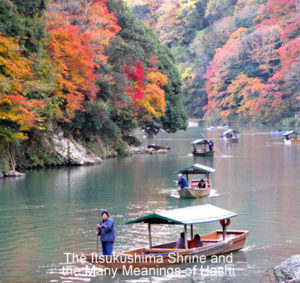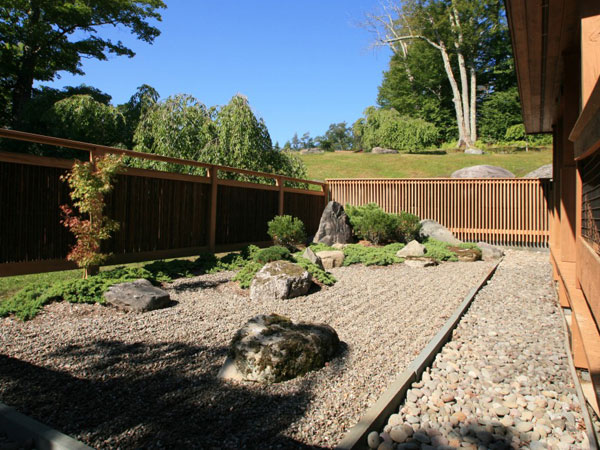
Kenzo Tange’s Own House
I read the interesting book, “The Japanese House Since 1945”, written by Naomi Pollock. It introduces lots of houses designed by architects. In addition to the chronological explanation of the architectural history, unlike other architecture design books, Her book focused on the families who lived in the houses. That made






